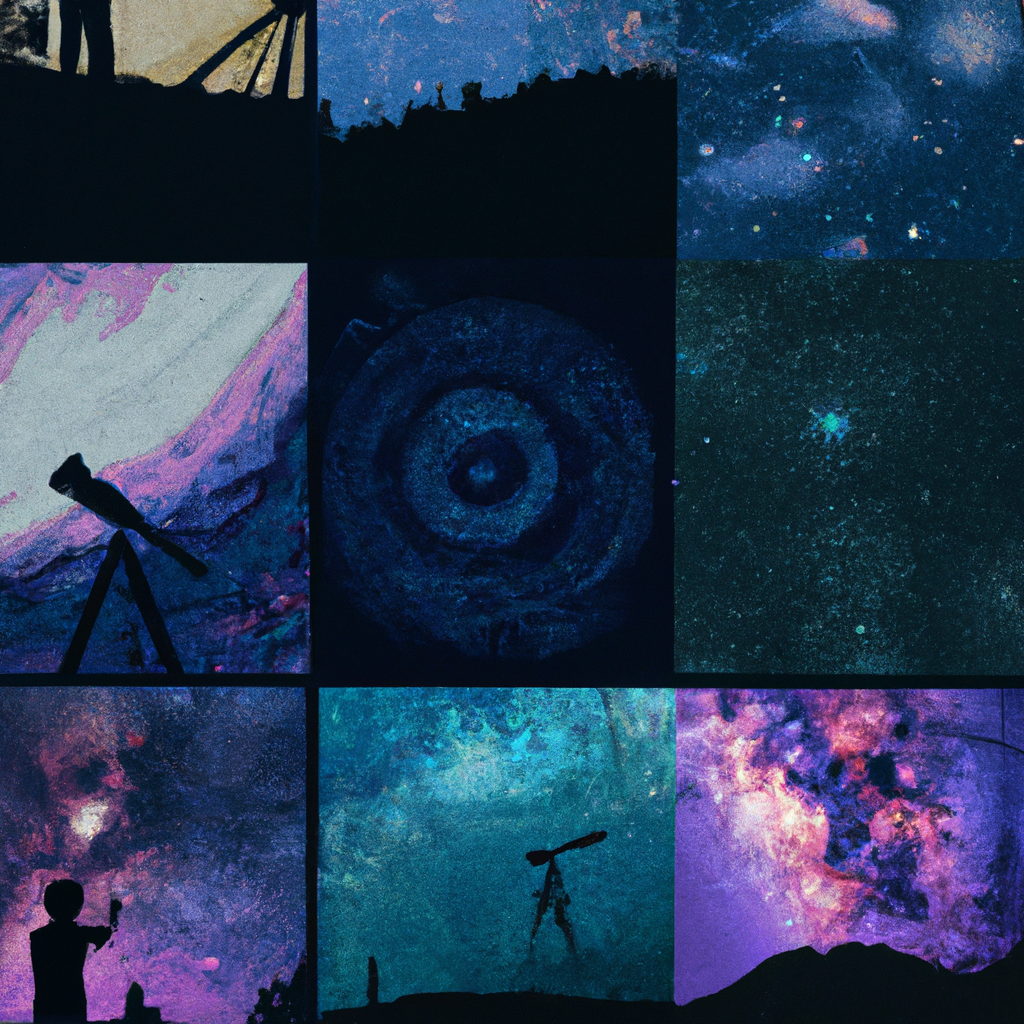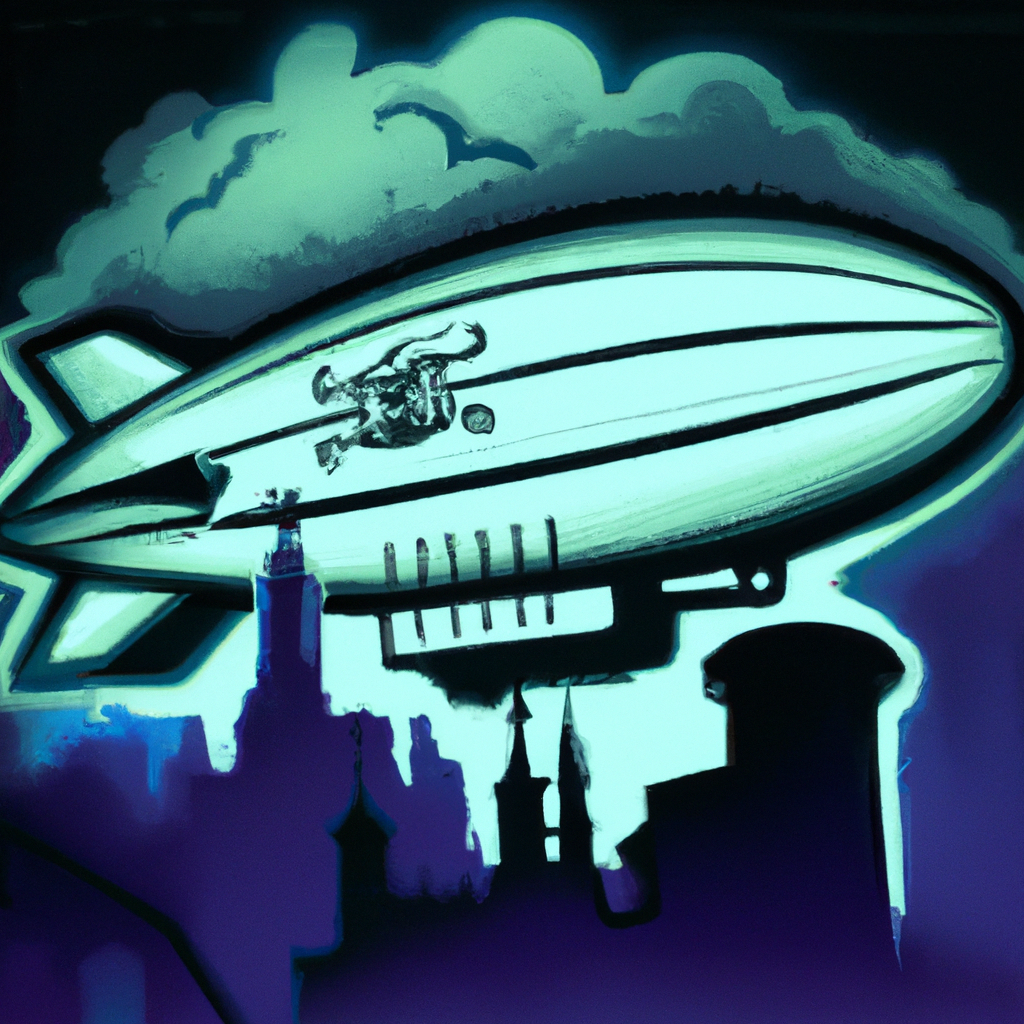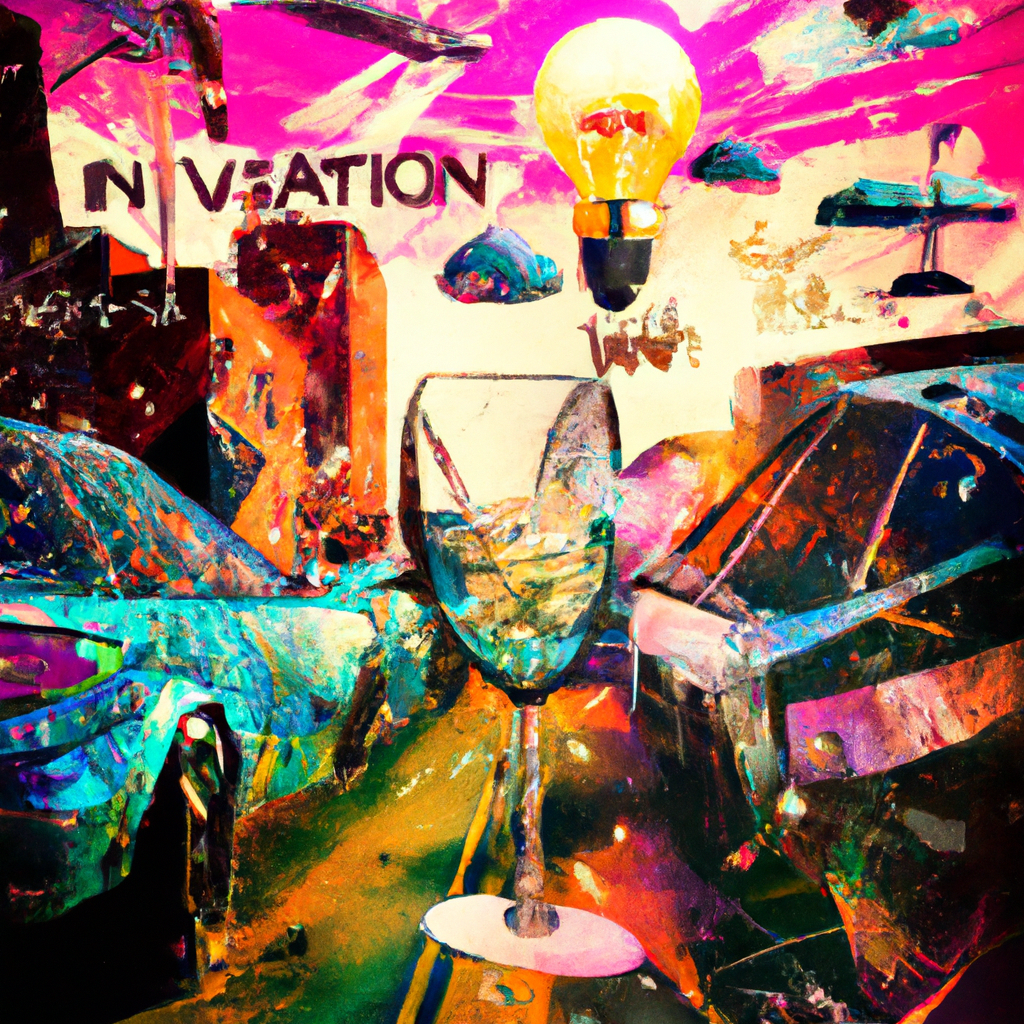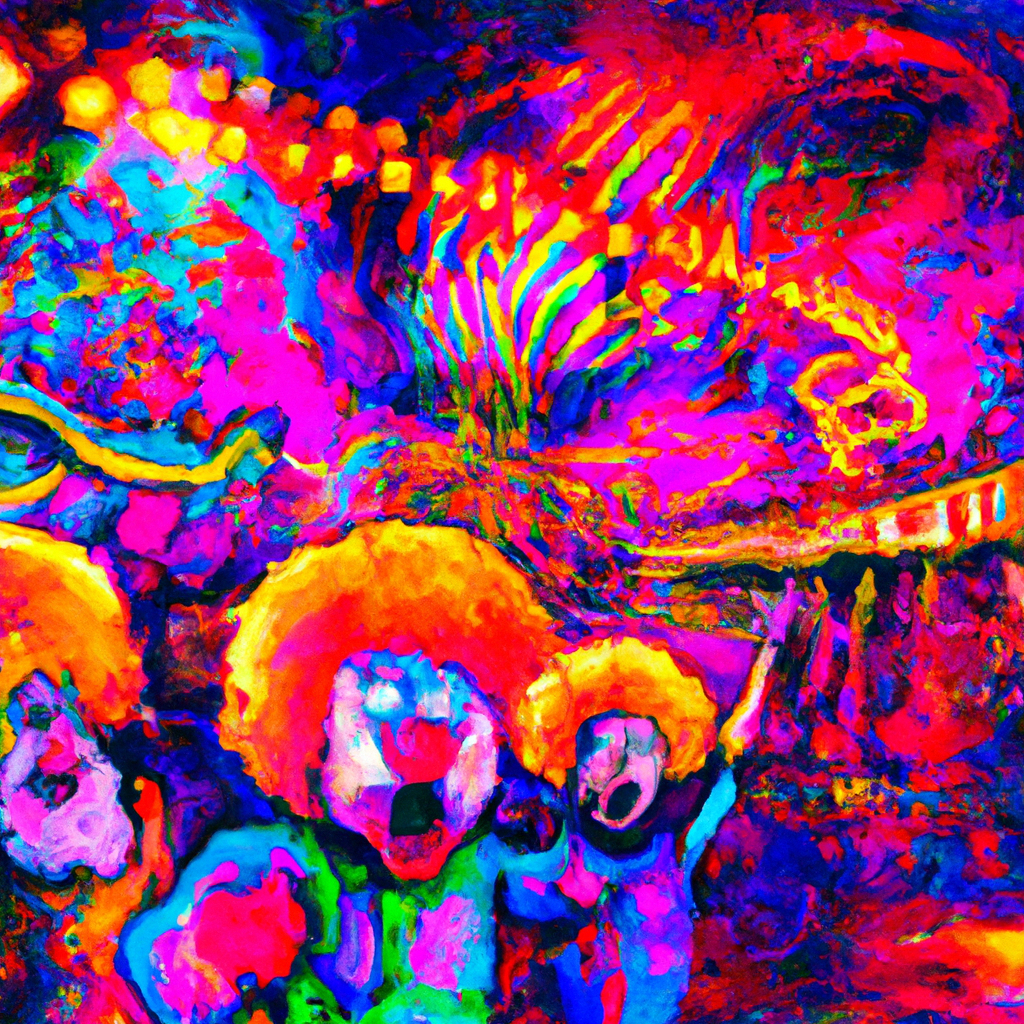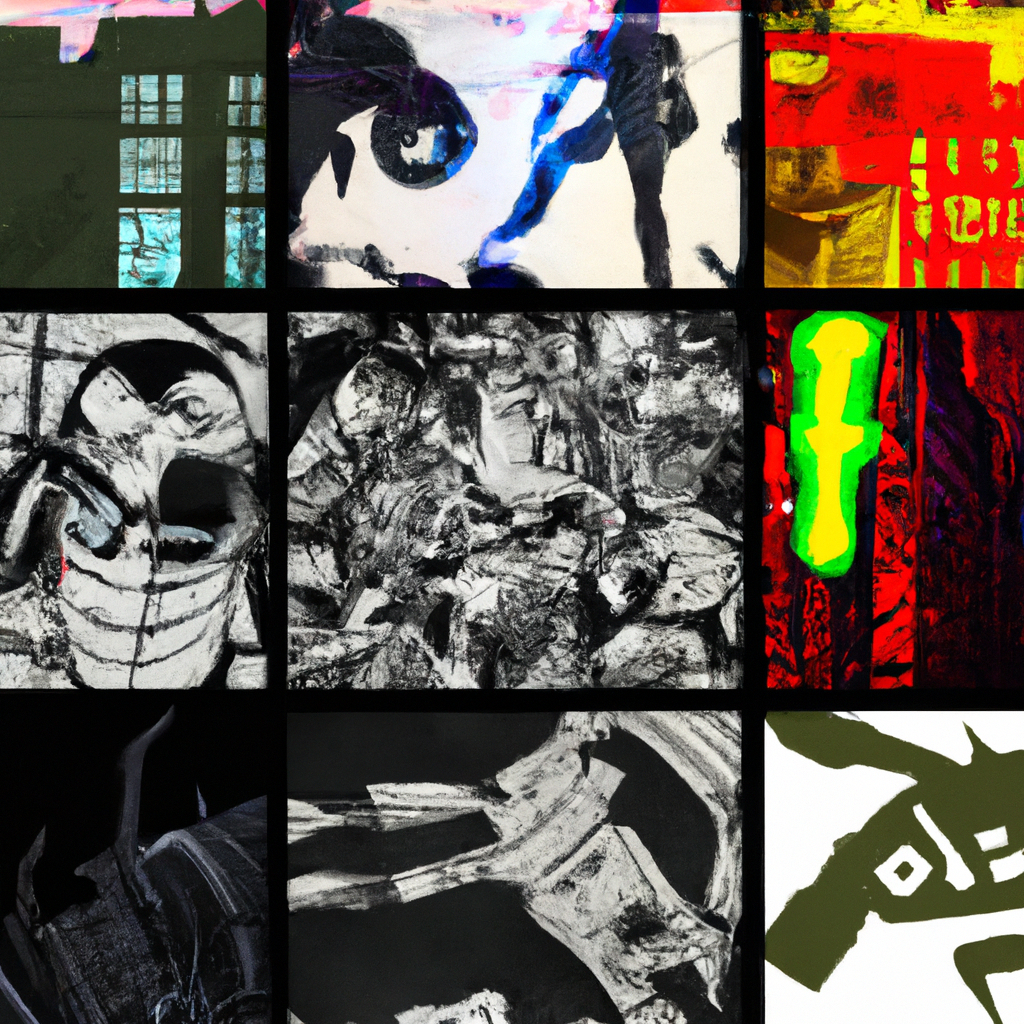Introduction
Once upon a time, humanity stared at the night sky and spun tales of gods, myths, and the whimsical dance of celestial bodies. Today, we add the Photonic Lantern to our cosmic narrativea device promising to capture the sharpest view of a distant star without the need for multi-telescope arrays. But does this breakthrough deserve the Hollywood spotlight, or is it merely another episode of Space: The Overhyped Frontier?
The Claim
A UCLA-led team has reportedly achieved the sharpest-ever view of a distant stars disk using a groundbreaking photonic lantern device. This single telescope triumph supposedly reveals details previously hidden from our sight, leading some to believe weve finally unlocked the secrets of the universe.
What We Found
In the scientific saga of star-gazing, every new device is hailed as the next big leap forward. Yet, the Photonic Lantern, while impressive, is not the silver bullet many might think. According to academic sources, this device splits incoming starlight into multiple channels, enhancing resolution but not necessarily rewriting our cosmic understanding. The sharp view, while useful, is but a small step in a long journey of discovery. Much like the Beatles White Album, its more about the subtle nuances than the headline-grabbing hits.
Cultural Context or Why It Matters
In an age where we crave immediacy and clarity, the allure of seeing distant stars as if they were neighbours can be intoxicating. But what does this say about our obsession with clarity in a universe built on mystery? Does the pursuit of sharper images distract us from the poetic ambiguity of the cosmos? The Photonic Lantern might be a triumph of technology, but it also serves as a reminder of how much we still have to learnand how much wonder there is in the not-knowing.
The Sources
The SaltAngelBlueVerdict
Misleading While technologically significant, the claim exaggerates the broader implications of the discovery.

